The Dallara DW12, formerly known as the Dallara IR-12, is an iconic open-wheel formula racing car meticulously crafted by Italian manufacturer Dallara. This exceptional vehicle was designed explicitly for the fast-paced world of the IndyCar Series, where precision and speed reign supreme.
The DW12 is on our minds today because it is the same machine that just recently powered Chip Ganassi’s phenomenal Alex Palou and Scott Dixon to a first and second place finishes in the 2023 IndyCar Series. Scott’s victory was particularly spectacular as he’s was a tale of wits, grits, and determination despite significant setbacks.
Indeed, victory would never have been possible without the trusty robustness of the DW12-Honda. Join us as we delve into the fascinating journey of the DW12, from its inception to the latest developments in the IndyCar world.
Related Reading: The Top-Ten Best Racing Games Of All Time
A Tribute To Dan Wheldon
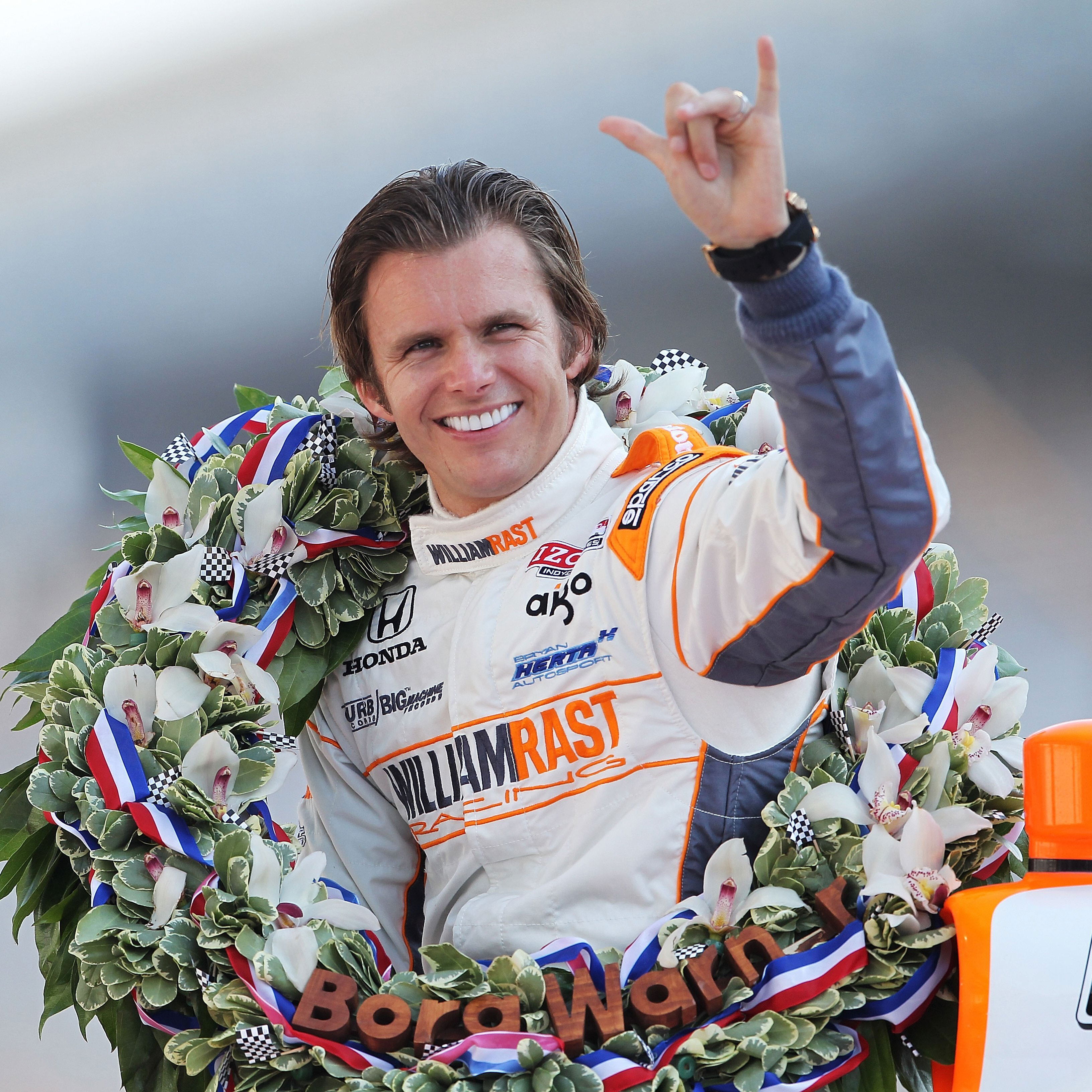
The DW12 is more than just a racing car; it's a tribute to the late IndyCar driver Dan Wheldon. The car's name, "DW12," honors Wheldon's crucial role as its test driver. Tragically, Wheldon lost his life in a racing accident on October 16, 2011, during the final race of the preceding IR-05 era.
The accident that claimed the life of Dan Wheldon occurred during the 2011 IndyCar World Championship at the Las Vegas Motor Speedway.
The race featured a high number of cars on a fast, high-banked oval track, which contributed to the tragic incident. On lap 11 of the race, a multi-car accident unfolded as cars were running closely together. Wheldon's car became airborne and flew into the catch fencing above the wall, striking a pole.

The impact was severe, and Wheldon suffered fatal head injuries as a result of the crash. The tragic incident led to a suspension of the race, and it was later announced that Dan Wheldon had succumbed to his injuries.
The accident prompted significant safety improvements in IndyCar racing, including changes to the design of the cars and alterations to race track configurations to enhance driver safety. It was a somber moment in motorsport history, and Dan Wheldon is remembered and honored by fans and the racing community.
The DW12’s new chassis, born from lessons learned and safety improvements would carry forward his legacy.
The ICONIC Project
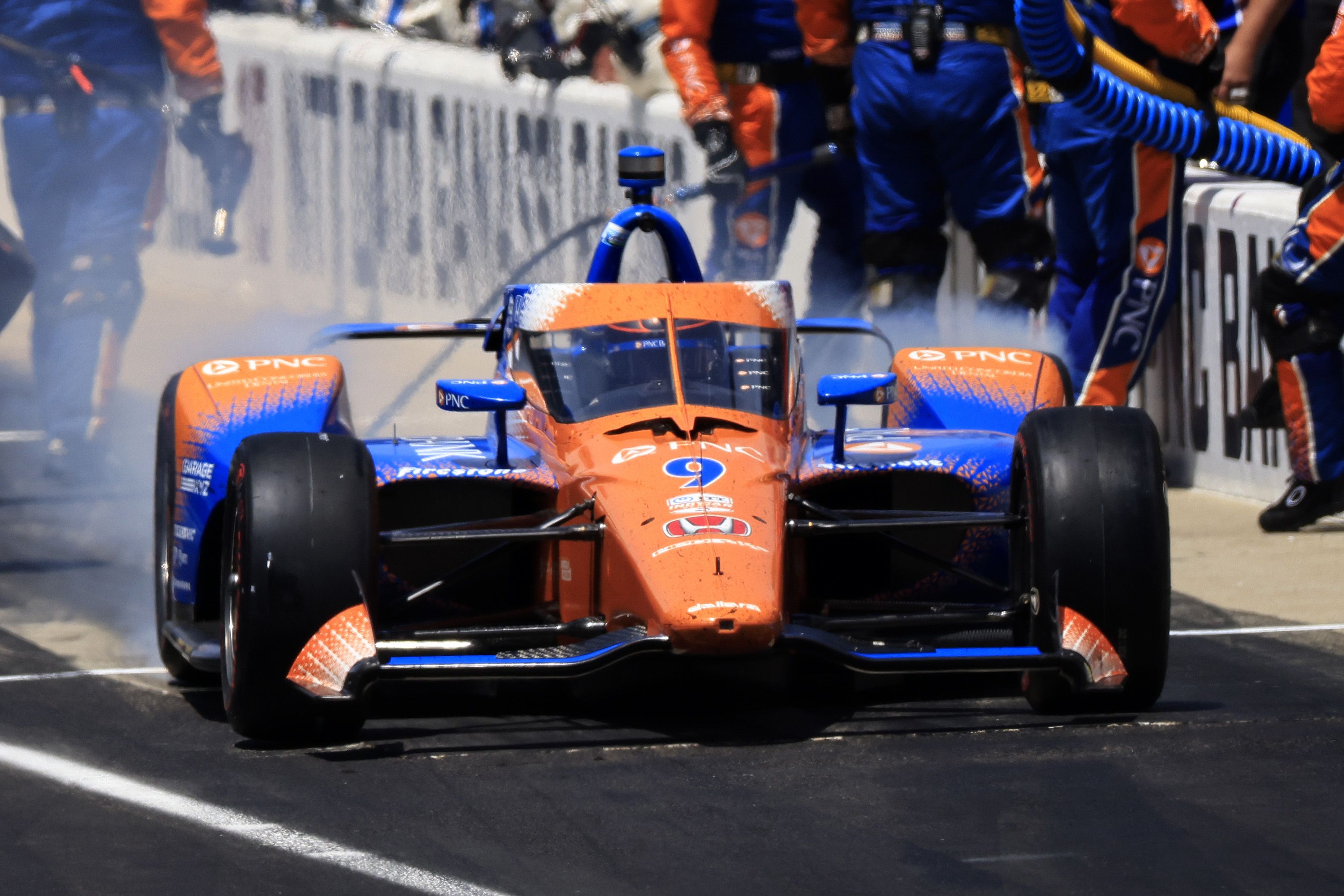
The year 2012 marked a significant turning point in IndyCar racing with the introduction of the ICONIC Plan (Innovative, Competitive, Open-wheel, New, Industry-relevant, Cost-effective).
This ambitious initiative aimed to reshape the sport by retiring the aging Dallara IR-05 chassis and the naturally aspirated V8 engines that had been in use since 1997. The ICONIC committee, composed of experts and executives, embarked on the mission to redefine IndyCar racing.
Dallara's Winning Proposal
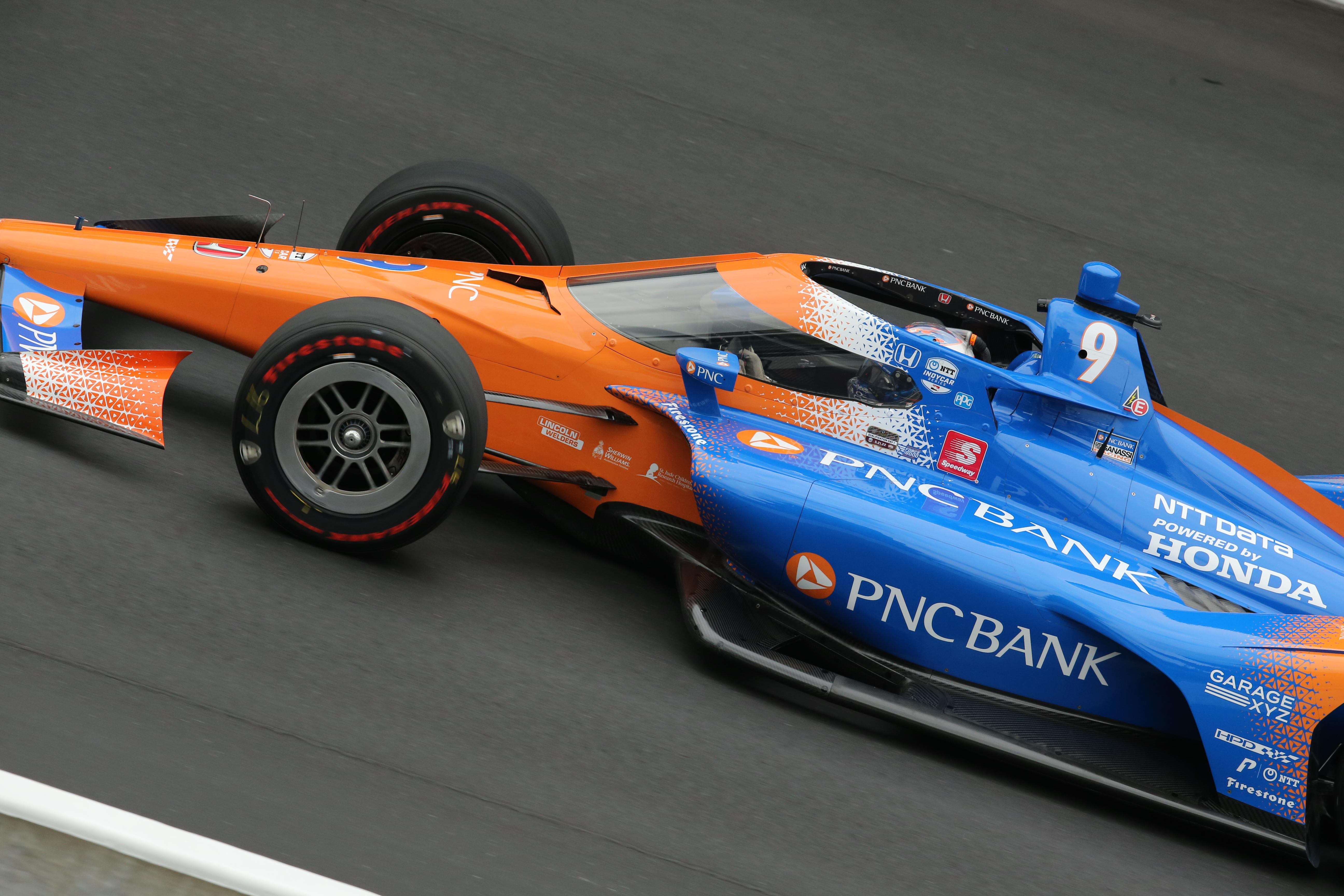
After evaluating proposals from BAT Engineering, Dallara, DeltaWing, Lola, and Swift for chassis design, the ICONIC committee made a pivotal decision.
They chose the Dallara proposal, leading to the birth of the DW12. This new chassis was built around a core rolling chassis called the "IndyCar Safety Cell," providing a consistent foundation for all teams.
Aero Kits For Innovation
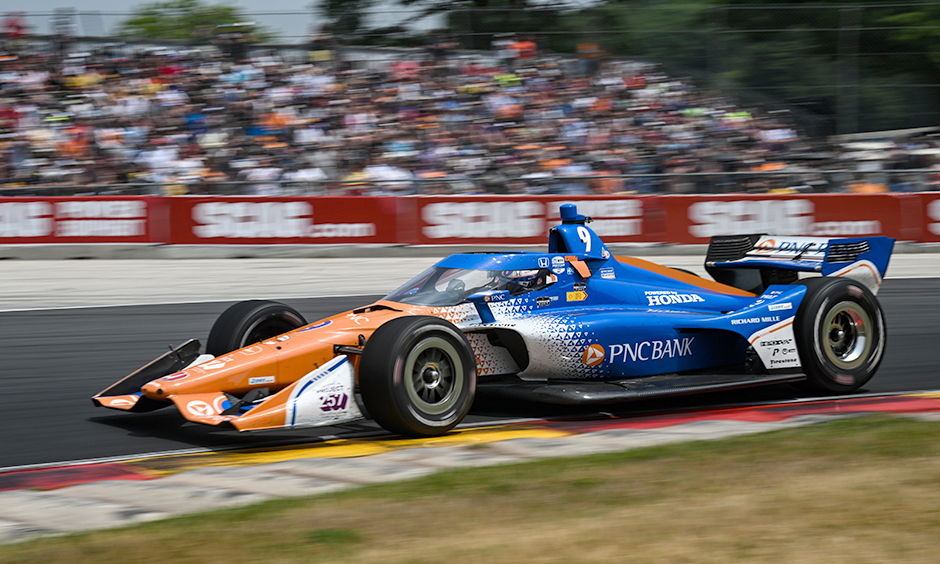
One of the key features of the DW12 was its adaptability. While the core chassis remained consistent, teams could develop separate bodywork packages known as "Aero Kits."
These kits included front and rear wings, sidepods, and engine cowlings. Manufacturers were invited to create their Aero Kits, fostering innovation and competition.
Related Reading: The Porsche Mission X: A Spectacular Reinterpretation Of A Lightweight Electric Hypercar
Race Debut And Evolution
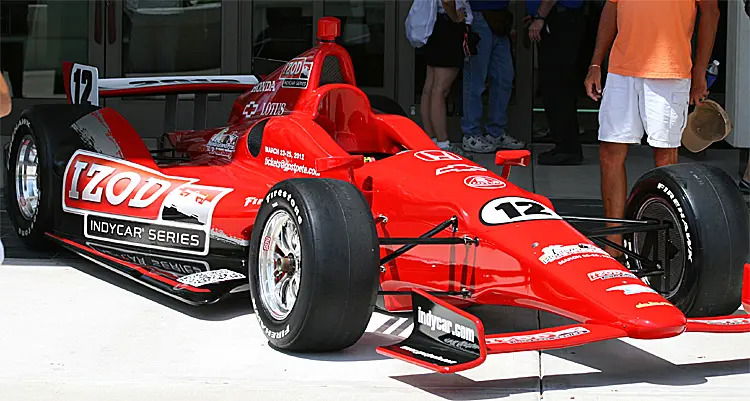
The Dallara DW12 made its race debut at the 2012 Honda Grand Prix of St. Petersburg. It quickly became a fixture in the IndyCar Series, with teams consistently pushing the limits of performance.
The car was then known as the IndyCar Safety Cell, introduced as a response to safety concerns following the tragic accident that claimed Dan Wheldon's life. The DW12’s debut went relatively smoothly.
It featured several safety enhancements, including modifications to protect the driver's head, and it was designed to improve overall safety in IndyCar racing.
The race at St. Petersburg was the first opportunity to see how the new car would perform in a competitive environment. The race itself was won by Hélio Castroneves, and the new car showcased its potential to provide exciting and safer racing for the IndyCar series moving forward.
The introduction of Aero Kits in 2015, designed by Honda and Chevrolet, added another layer of excitement and competition to the series.
Safety Improvements
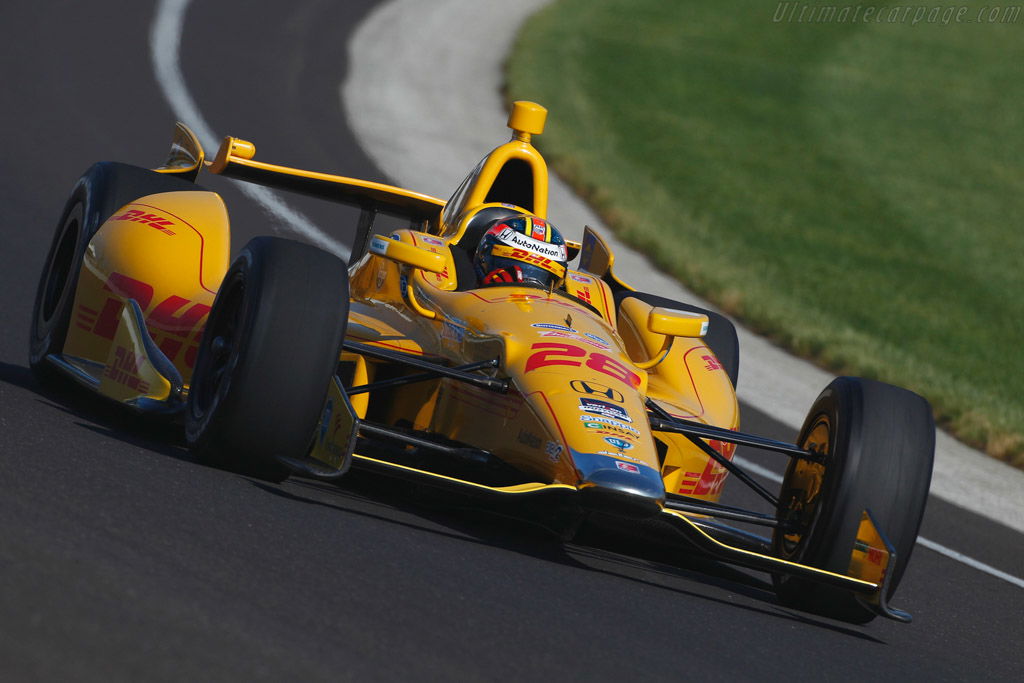
Over the years, the DW12 underwent several safety enhancements. Dome skids and bodywork tethers were introduced to prevent accidents caused by loose bodywork. The design of the aero kits evolved to enhance safety and performance.
The UAK18 Transformation
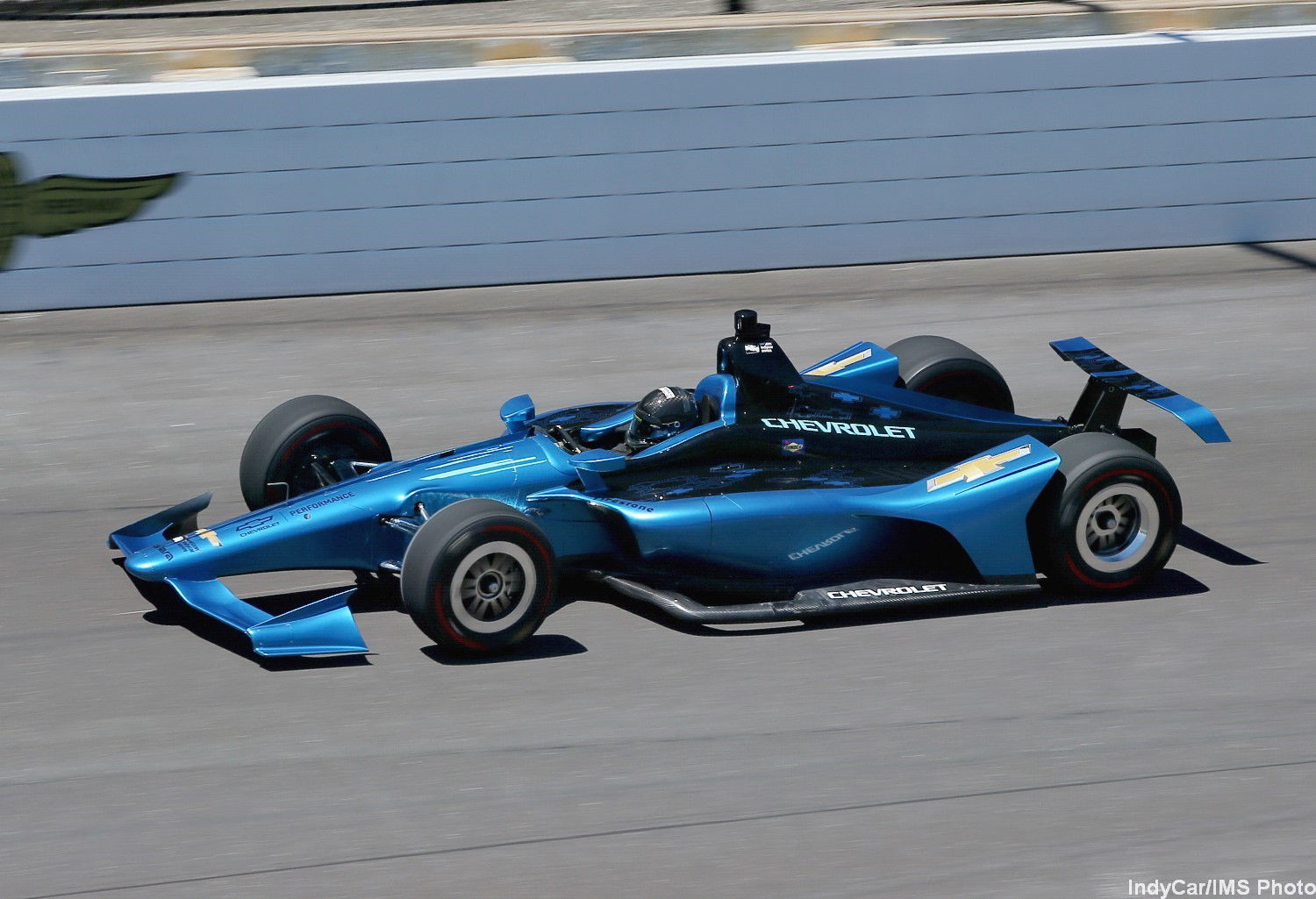
In 2018, the DW12 underwent a transformation with the introduction of the Universal Aero Kit 2018 (UAK18). This redesigned the aerodynamic system, removing components like rear-wheel guards and airboxes.
The focus shifted to ground effects rather than wings, paying homage to classic Indy car designs.
Cockpit Protection
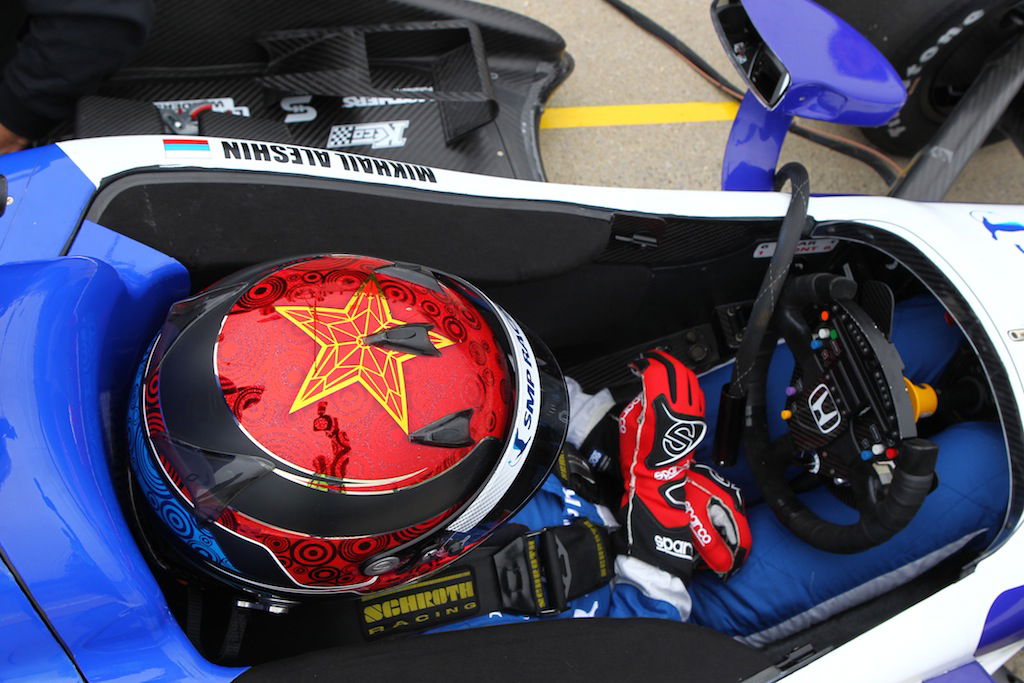
Safety remained a top priority. Discussions on cockpit protection led to the introduction of the "Advanced Frontal Protection" and the revolutionary "Aeroscreen" cockpit protection, developed by Red Bull Advanced Technologies, in 2020.
Hybrid Powertrains
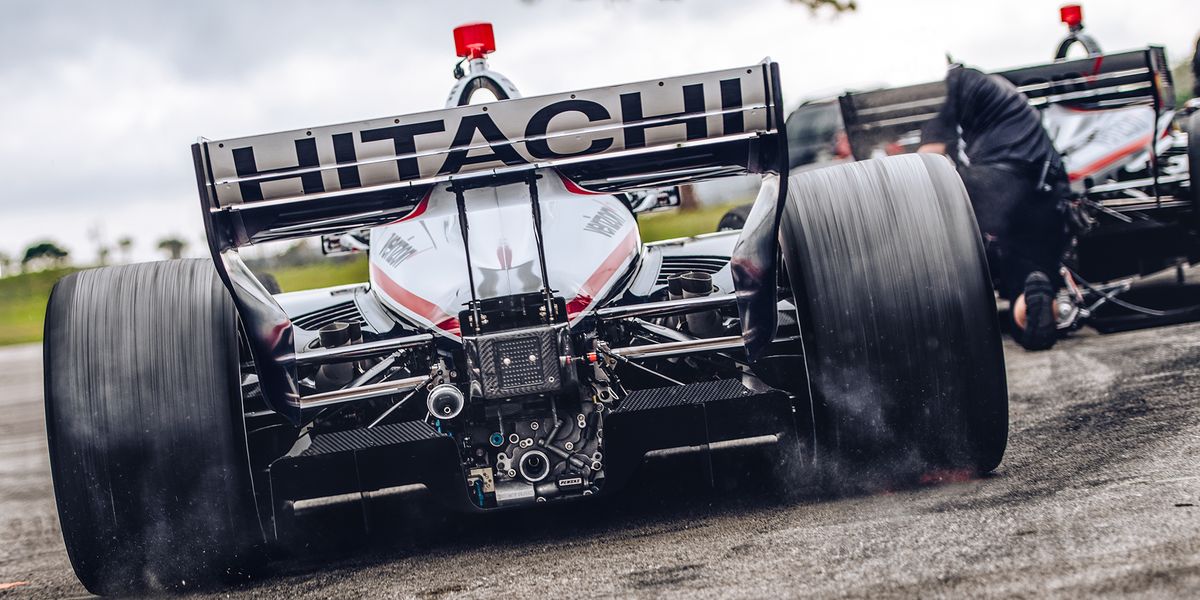
The IndyCar Series began testing updated 2.4-liter V6 powertrains with 100-bhp hybrid ERS units, setting the stage for a greener and more efficient era of racing. This shift was initially planned for 2023 but got delayed to 2024 to allow for thorough testing and development.
Future Prospects
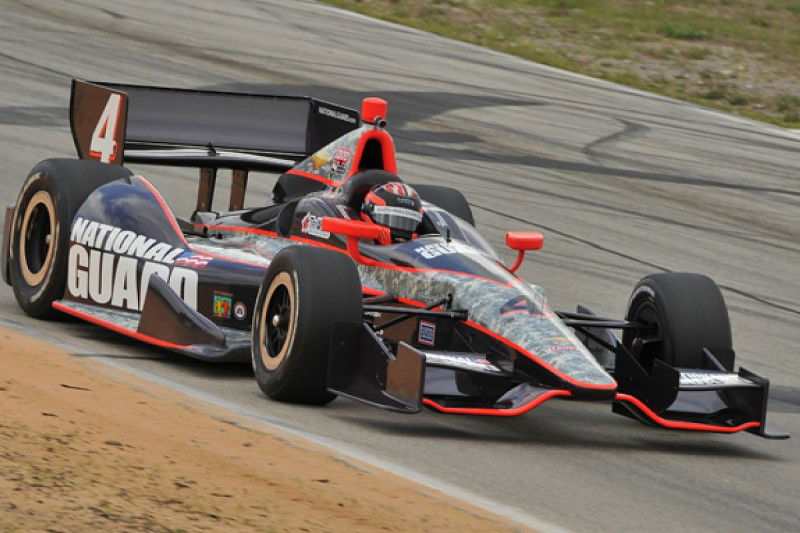
As of now, there are no immediate plans for a new chassis, with the current DW12 continuing its legacy. The introduction of a new engine formula initially set for 2024 has also been indefinitely postponed.
The IndyCar Series remains committed to ensuring the safety and competitiveness of its racing while exploring ways to evolve and innovate in the years to come.